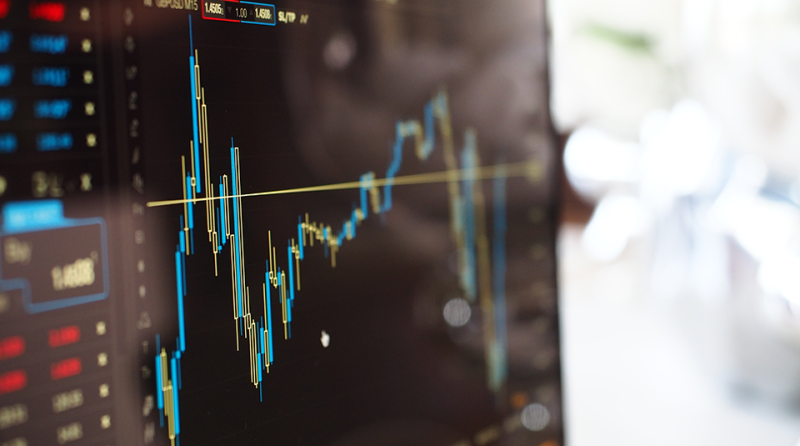
Many small and medium-sized enterprises (SMEs) face the same challenge: they need trade funding, but lack the extensive documentation that helps funders understand the risk profile of their business.
A recent joint Trade Finance Global (TFG)/World Trade Organization (WTO) report raises questions over how to provide a more favourable framework for assessing credit risk through digital innovations, considering the new analytics that are available.
It is easy to forget that there is a lot of financial data still to be explored

Many banks are already using new sources of data, for example enhancing standard credit file data with history of transactions and payments, and other behavioural data.
“The huge advantage of this data is that it comes from multiple sources not controlled by the borrower and thus is much harder to manipulate,” says Michael Boguslavsky, head of artificial intelligence (AI) at Tradeteq.
“Some of this data also changes at a much higher frequency than accounting data. The challenge is how to integrate it into the credit models.”
Analytical technology has accelerated the credit decision-making process at Citi, which – in addition to conventional financial data – is exploring how to leverage data from sources such as e-commerce marketplaces and logistics services providers to assess performance risk.
“We
